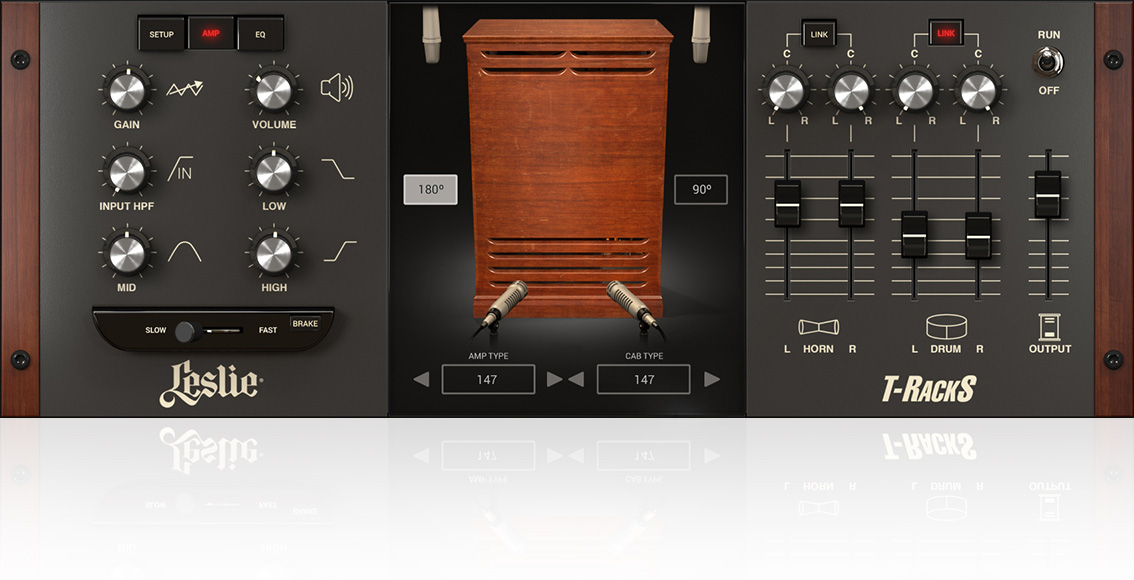

Then I use SlickEQ Mastering Edition for the suggested levels against either pink noise, grey noise, or a reference track of a similar type and genre. And, I don’t want to contact actual people or rely on anyone else’s opinion, so I rely on a suggestion from my favorite equalizer plugins and tweak them to suit my ears. Creating my own tracks, after all, is a creative process and I want full creative control over them. When mastering my own tracks, I want to get the right “flavor” of sound but not necessarily reproduce another exactly. Mastering my own tracks using references: However there are not as many points available as in the Fabfilter version, so the result may not be as exact. I can also use the Tokyo Dawn Slick EQs to get a similar result by using their matching function and setting it at 100%.

Here is how the EQ curve looked for replication of the background noise in Susumu Yokota’s Saku track: Replicating the background noise in a track also was easy using just pink noise and Pro-Q. Use: Fabfilter Pro-Q or Tokyo Dawn Slick EQsīy using Fabfilter Pro-Q for replicating Shenzhou, my EQ curves looked like the one below and made it sound exactly the same as the original source material. I used Fabfilter Pro-Q for those instances because it is very surgical and precise in the number of filters it suggests, and it gets it right on the money for reproducing sounds. I have done this on whole songs such as when I was trying to replicate the sound of Biosphere’s Shenzhou and I have done this when trying to replicate a certain noise or sound found within a song such as when I did this with Susumu Yokota’s Saku noise. Where to Use EQ Match Reproducing a particular sound or duplicating a song: Here are some videos of the Fabfilter Pro-Q EQ showing how the matching function works. Here is a good article by Sage Audio comparing a couple of EQ-matching plugins (Fabfilter Pro-Q and Izotope Ozone): If you apply the required equalization from the analysis, what you end up with is your track sounding remarkably similar in tone to the reference track. The reference can be either side-chained (most matching EQs) or a stored spectrum (Fabfilter Pro-Q and Tokyo Dawn EQs) or a music file like mp3 or wave (Tokyo Dawn EQs). What the EQ Match function does is match the equalization of your track to a reference. I use both the Tokyo Dawn EQs and Fabfilter’s Pro-Q (version 3 at this time), but other manufacturers are including an EQ Match function in their plugins. Here’s what I’ve tried and how it’s worked out for me.

Using a reference track when mastering is a kind of standard practice, but it can be done much better with the wonderful EQ matching functions found on so many equalizer plugins.


 0 kommentar(er)
0 kommentar(er)
